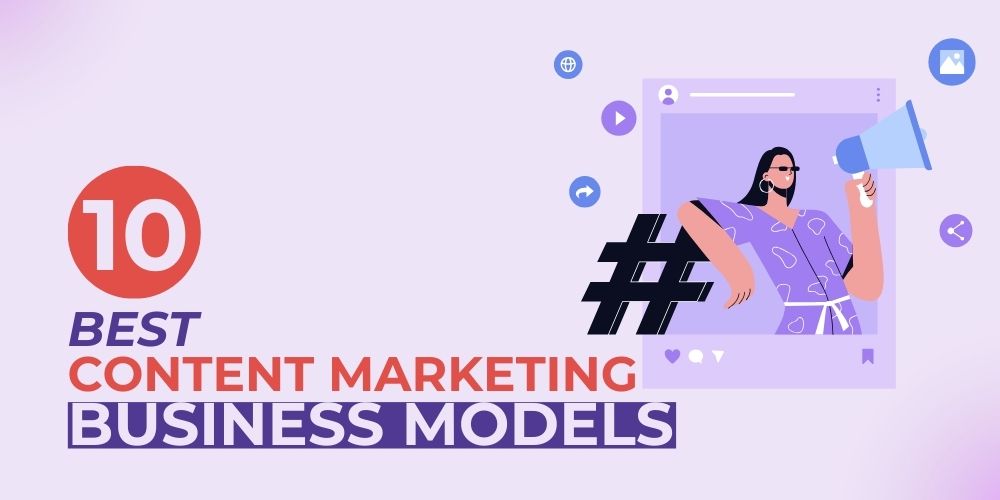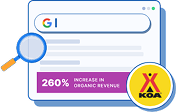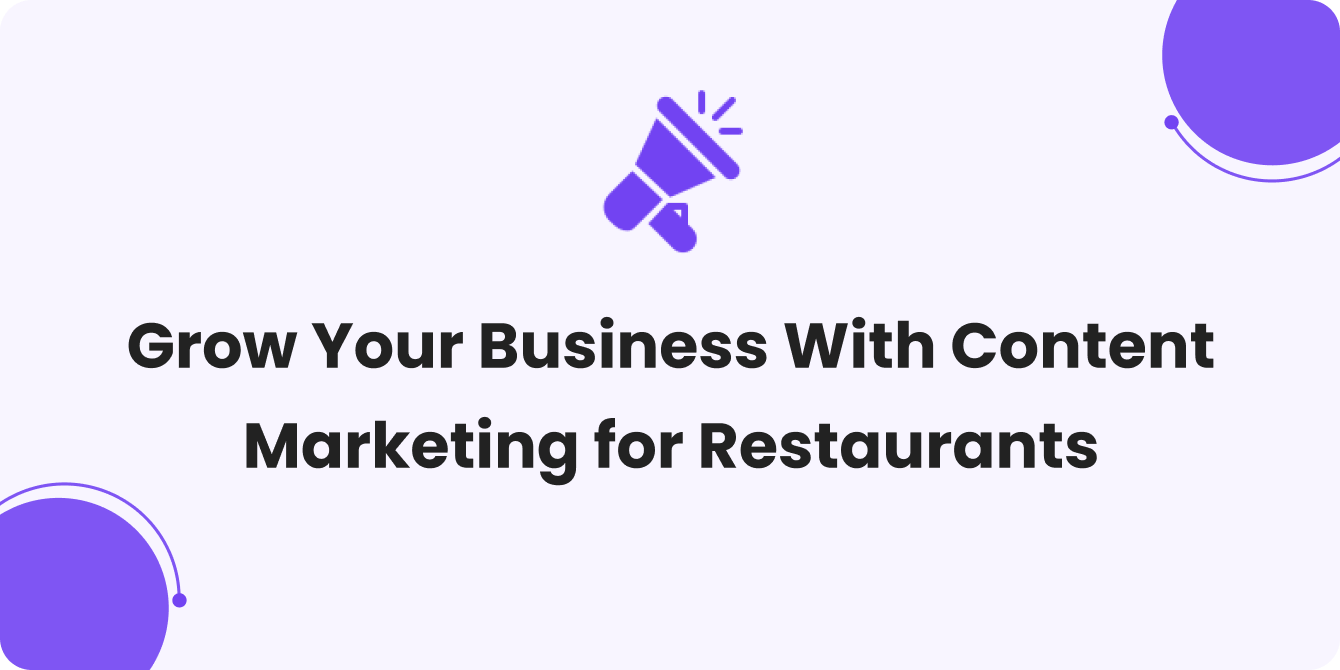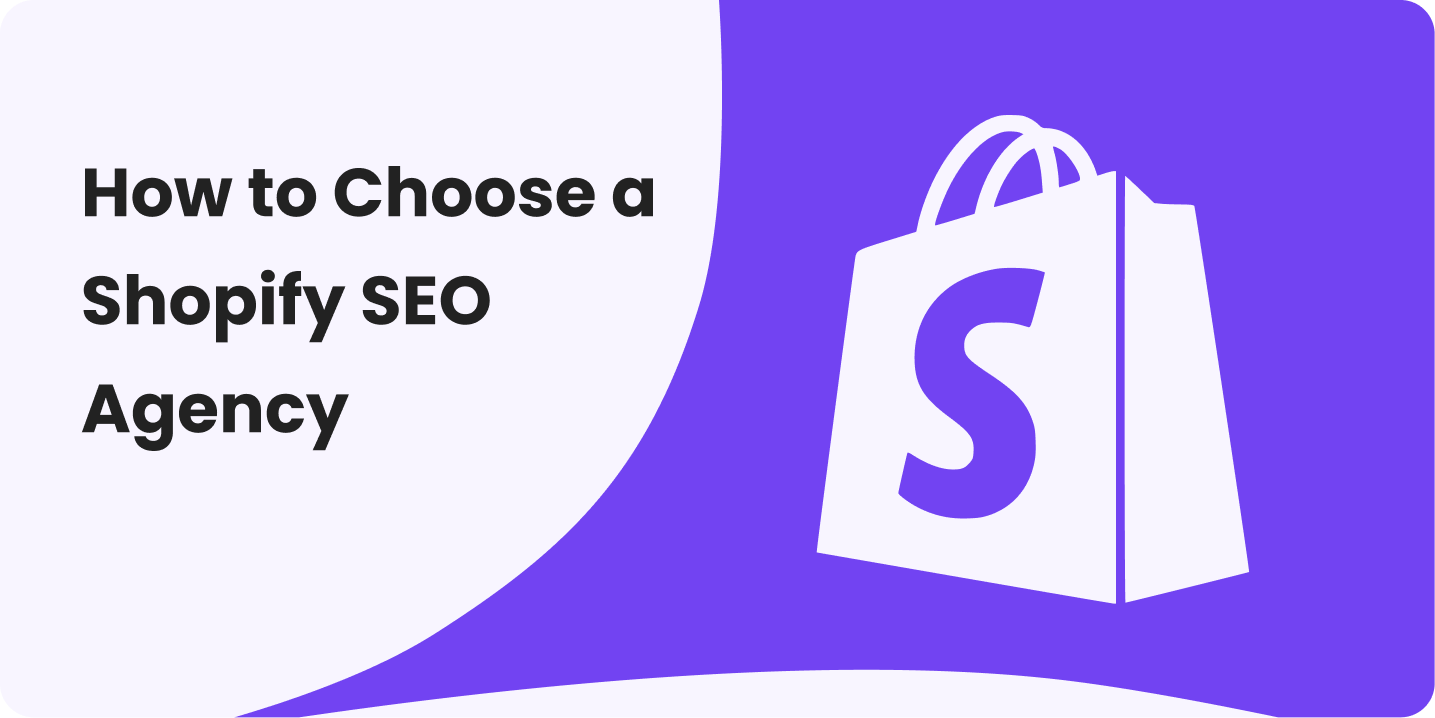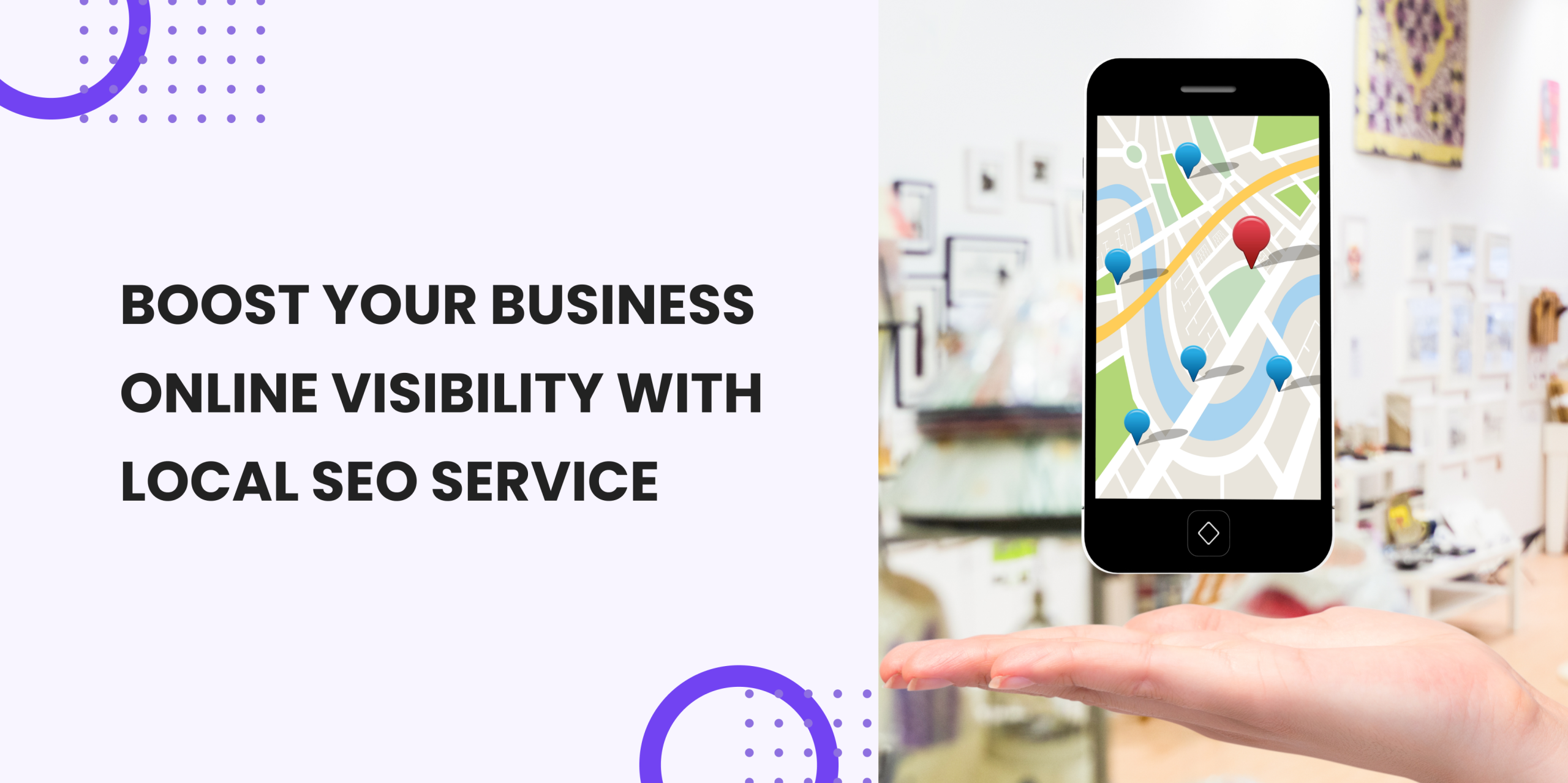Content doesn’t just sell, done right, it scales empires. The truth of this era is that attention is the currency. And content? It’s the mint. No matter what your business and what your purpose and goals are, content is the engine that drives awareness, trust, and conversions. But here’s the catch most brands overlook:
It’s not just about creating content, it’s about the business model behind it. We’ve walked alongside brands through algorithm changes, platform shifts, and evolving audience behaviors.
And if there’s one thing we’ve learned, it’s this: the how behind content marketing matters just as much as the what. Think of your content marketing model as the foundation of a skyscraper. You can’t build tall or sustainably without the right base. The wrong model leads to wasted resources, inconsistent messaging, and disappointing ROI. The right one, on the other hand, transforms content into a scalable, revenue-generating asset.
We’ll cover 10 powerful content marketing business models that aren’t just buzzworthy, they’re battle-tested. These business models are a go-to for anyone, be it a creator, consultant, SaaS founder, or agency owner. There’s a model here that can reshape your approach and fuel long-term growth.
Let’s dive in and discover which content engine is built for your future.
What is a Content Marketing Business Model?
A content marketing business model is a strategic framework that outlines how a company creates, distributes, and monetizes content to achieve its business objectives. It’s not just about producing blog posts or videos; it’s about aligning content efforts with the company’s value proposition, target audience, and revenue goals.
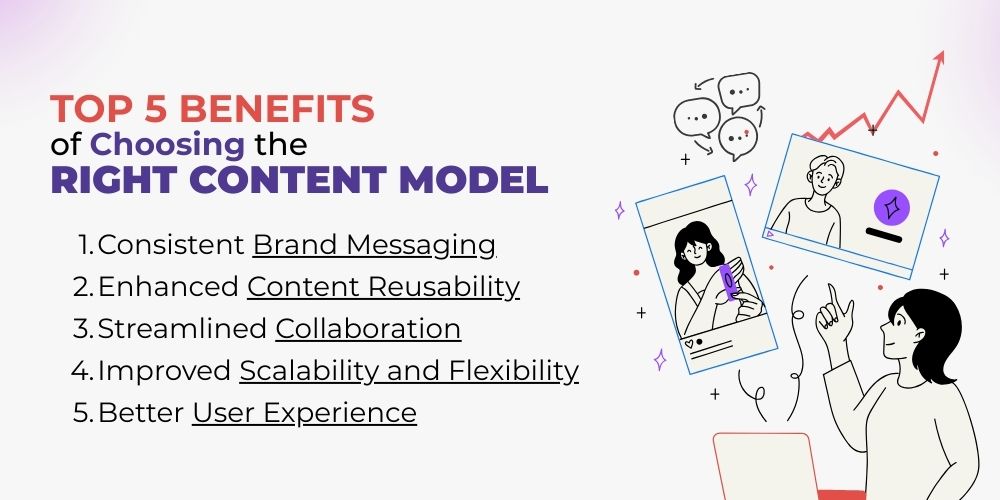
Different models cater to different business needs. Some focus on building authority and trust, others on direct monetization, and some on community engagement. The key is to select a model, or a combination of models, that aligns with your brand’s mission and audience expectations.
Proven Content Marketing Models for Business Success
Content marketing isn’t a plug-and-play solution. Behind every standout brand, there’s a carefully crafted strategy, and at the core of that strategy is a business model that makes sense for how they grow.
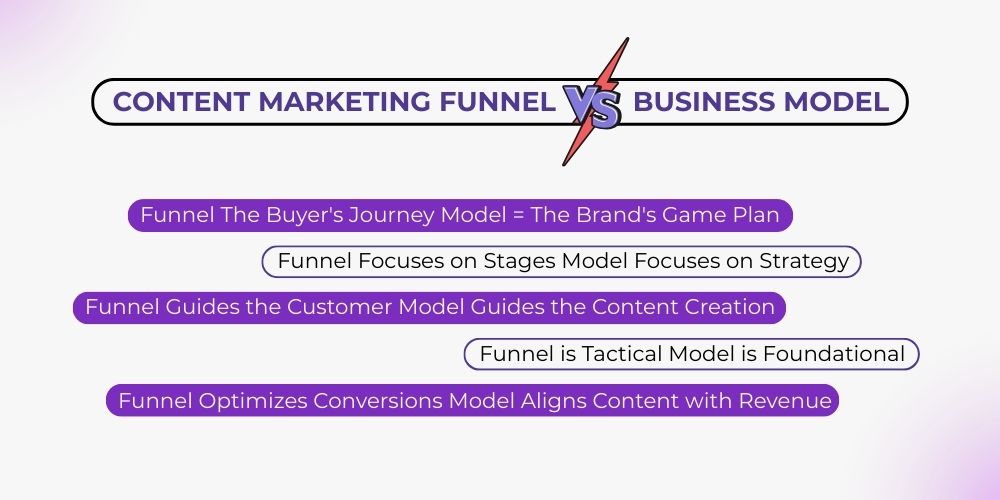
No matter where you are on the journey, just launching or already scaling, understanding the why behind your content can make all the difference. It’s not that you just publish, but how you use the content to drive real business results.
So, we’ve unpacked 10 content marketing business models that work based on real-life experiences. And we’re diving into each one with relatable examples, actionable insights, and ideas you can make your own. Let’s get into it.
1. The Influencer Ecosystem: Amplifying Reach Through Trust
What if you’ve just founded your sustainable clothing line? Your website looks stunning, your product photography is on point, but it’s crickets.
Now, imagine ten micro-influencers styling your pieces and sharing them across Instagram. Within hours, your brand is woven into conversations, wishlists, and shopping carts.
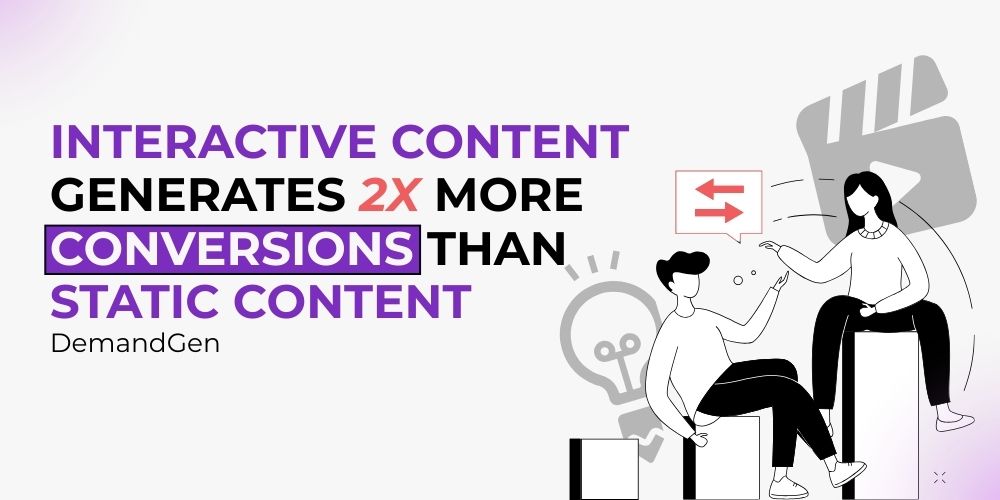
That’s the power of the Influencer Ecosystem. This model is built on borrowed trust. Instead of pushing your message out into the void, you partner with people who already have the audience’s ear. These aren’t just content creators, they’re trusted voices who introduce your brand as part of their everyday lives. It’s natural. It’s believable. And it works.
Why it works:
- Influencers already have loyal, engaged followers.
- Content feels native, not like an ad.
- Adds instant social proof and drives direct traffic.
We’ve used this model with fashion, wellness, and lifestyle clients. One Dubai-based brand saw a 300% bump in page visits after micro-influencers showed off their Ramadan capsule collection.
Here’s a pro tip for you, Skip the one-off posts. Invest in ongoing partnerships that evolve with your campaign. Trust takes time to build, and audiences can smell a sponsored post a mile away.
2. The Service-Centric Hub: Educate First, Sell Subtly
Let’s say you’re running a digital agency. The competition is loud, and paid ads only take you so far. So, instead of shouting, you start showing. Your blog becomes a hub of how-tos, breakdowns, and practical guides on everything from SEO audits to landing page design.
This is the Service-Centric Hub in action. You create value-first content that answers real questions and subtly points to your services as the next logical step.
What it looks like:
- Educational blog posts and guides that solve pain points.
- SEO-optimized content that captures the right traffic and helps getting ranked.
- CTAs placed strategically, not pushy, just helpful.
We once helped a client in the coaching industry build a blog around common executive challenges, like managing burnout or leading remote teams. Their blog became their best-performing lead generator. Because when you teach someone something useful, they remember you when they need help solving it for real.
3. The Educational Authority: Build Trust by Building Minds
Trust isn’t something you buy. It’s something you earn, and in content marketing, education is one of the best ways to earn it. Think of a cybersecurity startup launching a free course on “How to Protect Your Small Business from Phishing Scams.” It’s not a sales pitch. It’s a service. And it positions the brand as more than a vendor, it’s now a trusted educator.
Why it wins:
- People return to brands that help them grow.
- Educational content adds long-term value.
- Make your brand a mentor instead of a marketer.
At The Meta Future, we’ve used this model with an EdTech platform by designing a free downloadable workbook series for online learners. It built brand equity, expanded their mailing list, and increased course enrollments, all without ever saying “buy now.” The basic rule is, the more value you give to your clients, the greater the chance of building more trust and loyalty.
4. The Affiliate Networker: Content That Earns While You Sleep
Let’s be honest, who doesn’t love a little passive income? The Affiliate Networker model is built for creators and publishers who want their content to do more than inform, it should also convert.
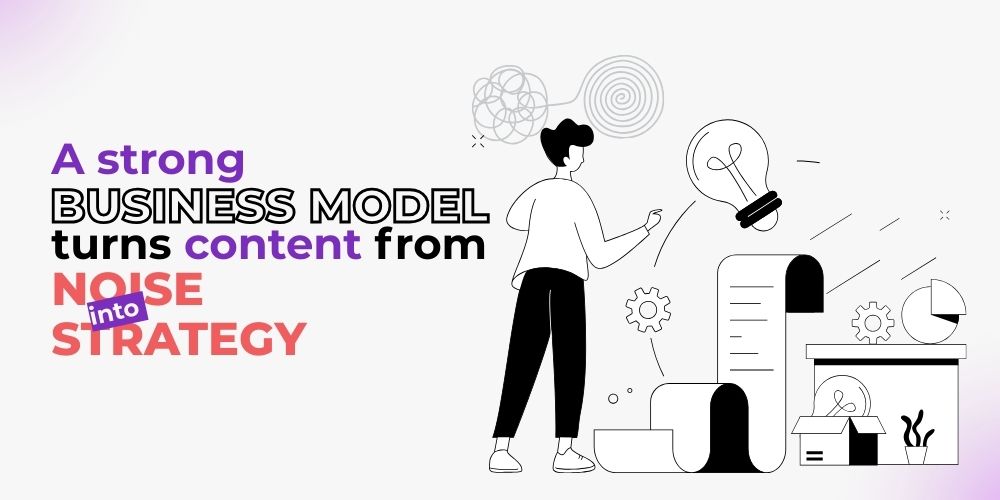
Think product reviews, comparison guides, and buyers lists that link to affiliate platforms. Each click and purchase generates revenue.
How to do it right:
- Focus on high-intent keywords like “best [product],” “top [tools],” or “review.”
- Be transparent, disclose your affiliate relationships.
- Constantly optimize based on performance data.
We’ve seen this model thrive with our partners in the tech and fitness industries. One client built a niche blog around wearable fitness trackers and generated thousands in monthly affiliate revenue, just by offering honest insights and well-placed links.
5. The Subscription Magnet: Make Content the Product
Sometimes, content isn’t just a marketing tool, it is the product, and here’s an example. For instance, a wellness coach is offering weekly meditation audios, meal plans, and live sessions for $12/month. What they’re selling isn’t just access, it’s transformation.
This is the Subscription Magnet model, and it’s brilliant for building recurring revenue and an invested community.
Why it thrives:
- Predictable income through monthly or annual subscriptions.
- Builds a loyal audience invested in your content.
- Supports the creation of premium, exclusive content.
We helped a leadership coach design a content library with members-only videos, worksheets, and monthly live calls. Within three to five months, she had more than 800 paying members, which was more than what the client had expected.
Not because the content was flashy, but because it consistently solved real problems. Charge for quality, but make sure it’s worth every click.
6. The Community Builder: Turn Customers into Co-Creators
Content doesn’t have to be a one-way street. The Community Builder model invites your audience to contribute, connect, and co-create. Whether it’s a forum, a private Facebook group, or a hashtag challenge, it’s all about building a shared space.
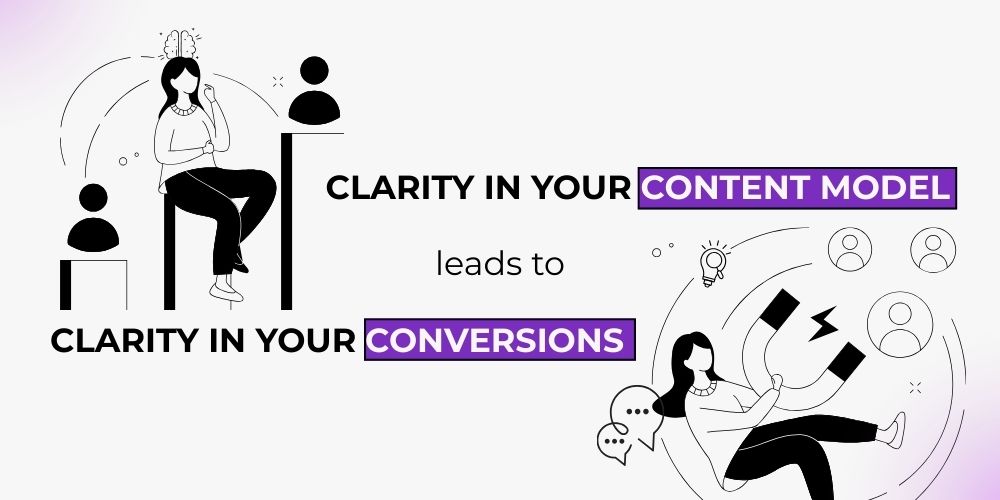
What makes it powerful:
- User-generated content (UGC) adds authenticity.
- Peer-to-peer conversations deepen engagement.
- You get real-time feedback to guide your brand.
One of our clients in the travel sector launched a community called “Nomads Unfiltered,” where travelers posted their experiences, stories, and hacks. It quickly became their #1 driver of organic traffic and a goldmine of content.
People want to belong. Give them a space to do that, and your brand becomes more than a logo, it becomes a movement.
7. The Data-Driven Strategist: Create What People Actually Want
Ever created a blog post that you thought was brilliant, but no one read? We all have been there, at least once. That’s exactly when data comes into play a vital role.
The Data-Driven Strategist builds content based on analytics, search trends, user behavior, and performance feedback. There is no guesswork involved, you exactly and precisely know what to create.
What it involves:
- Regular content audits and A/B testing.
- Tools like Google Analytics, Ahrefs, and SEMrush.
- Fast pivots based on what’s working (or not).
We worked with a SaaS client who thought their audience wanted “feature updates.” The data told a different story; users were searching for use cases and how-to guides. What we did was shift the strategy, and conversion rates plummeted by 60%.
8. The Visual Storyteller: When Pictures Speak Louder Than Posts
Let’s face it, walls of text aren’t always the best way to tell a story. The Visual Storyteller model uses design, video, motion, and imagery to make content unforgettable. Perfect for emotionally rich narratives, abstract concepts, or attention-strapped audiences.
Where it shines:
- Short-form videos and carousels for social media.
- Infographics to simplify data-heavy topics.
- Animated explainers for complex processes.
We once helped a sustainable fashion brand show their recycling process using a stylized video journey of a single T-shirt. No long explanations, just visual storytelling. It tripled their engagement on Instagram and led to a 20% bump in direct sales.
Great content doesn’t always need to be read. Sometimes, it needs to be seen.
9. The Interactive Innovator: Make Content a Two-Way Street
People love to click, explore, and discover. That’s what makes the Interactive Innovator model so magnetic. From quizzes and calculators to downloadable templates and guided flows, this content pulls users in and gives them something personal in return.
What works well:
- Lead-gen quizzes (“Find your brand voice”)
- ROI calculators (“How much are you leaving on the table?”)
- Downloadable toolkits or checklists
We helped a marketing consultant create a “Content Readiness Checklist” that led users to a custom content score and a recommendation to book a call. Conversions soared, and users thanked her for the clarity.
10. The Localized Connector: Speak Their Language, Literally
Big content can feel impersonal, and sometimes, the cleverest of all moves is to go local. The Localized Connector model focuses on creating content that speaks to regional interests, cultural moments, and geographic SEO opportunities.
Where it works best:
- City-based guides, like “Top coworking cafes in Abu Dhabi”
- Seasonal content that reflects local traditions or events
- Featuring community influencers and customer stories
We used this approach for a wellness chain in the UAE. Instead of generic “fitness tips,” we published blogs like “Best Post-Iftar Workouts” and “Staying Fit During Desert Summers.” Not only did traffic jump, but customers told us they felt seen.
Conclusion
Here’s the thing, We’re past the point where content is a nice-to-have. Today, content is your brand. It communicates for you when you’re not in the room. It builds trust before your sales team ever makes contact. But it can only do that if it’s supported by the right business model.
You don’t need to use all 10 of these content marketing business models. The sweet spot often lies in combining two or three that fit your goals, audience, and resources. We’ve seen firsthand how transformative the right model can be, not just in traffic or reach, but in real business growth.
If you’re mapping out your next campaign or rethinking your content strategy, we’d love to explore it with you. From choosing the right model to crafting content that connects, we help brands turn ideas into impact, every step of the way. Because the best content marketing business model isn’t the flashiest, it’s the one that feels authentic, sustainable, and made for your future.

